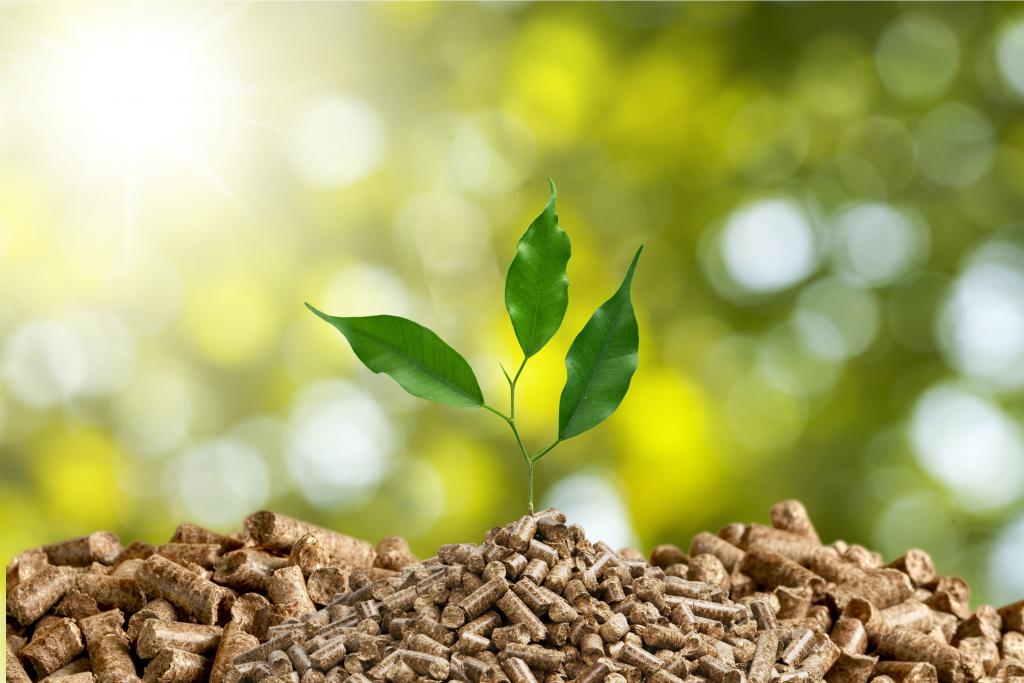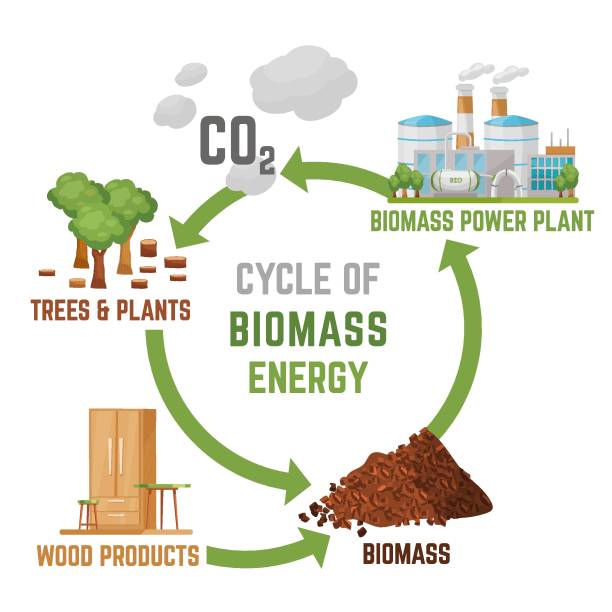
In a world increasingly concerned about environmental sustainability and renewable energy sources, the biomass energy industry has gained significant traction.
As industries and households seek cleaner alternatives to traditional fossil fuels, biomass energy has emerged as a promising solution.
At the heart of this revolution is the pellet machine, a technological marvel that plays a pivotal role in transforming raw biomass materials into efficient energy sources.
In this article, we will delve into the profound impact of pellet machines on the biomass energy industry, exploring their mechanisms, benefits, and potential for shaping a greener future.
Introduction
Biomass energy, derived from organic materials like wood, agricultural residues, and even certain types of waste, has gained prominence due to its renewability and reduced carbon footprint.
Pellet machines, often referred to as pellet mills, have transformed the way biomass materials are used for energy production, making the conversion process highly efficient and environmentally friendly.
Understanding Biomass Energy
Biomass energy harnesses the energy stored in organic materials through various conversion processes.
These materials are abundant and widely available, making biomass a valuable source of sustainable energy. However, the challenge lies in converting these raw materials into a usable energy format. This is where pellet machines come into play.
The Role of Pellet Machines

Pellet machines are the linchpin of the biomass energy industry.
They take diverse forms of biomass, such as wood chips, sawdust, and agricultural residues, and compress them into small, cylindrical pellets. These pellets have a high energy density, making them efficient for combustion and energy generation.
How Pellet Machines Work
The process begins with raw biomass materials being fed into the pellet machine‘s chamber.
Inside, a combination of pressure, heat, and binding agents causes the materials to soften and fuse.
The softened biomass is then forced through small holes to create compact pellets. These pellets are uniform in size, shape, and moisture content, ensuring consistent energy output.
Benefits of Pellet Machines for Biomass Energy
Enhanced Energy Density
Pellet machines significantly increase the energy density of biomass materials.
The compression process reduces moisture content and increases the concentration of energy, making pellets easier to transport, store, and utilize efficiently.
Reduced Environmental Impact
Unlike fossil fuels, biomass pellets are a carbon-neutral energy source.
The carbon dioxide released during combustion is roughly equivalent to what the biomass absorbed during its growth, resulting in minimal net carbon emissions.

Cost-Effectiveness and Accessibility
Biomass materials are often abundant and inexpensive. Pellet machines add value to these materials by transforming them into a high-demand energy source, thereby offering a cost-effective and accessible solution for both residential and industrial energy needs.
Versatility in Biomass Sources
Pellet machines can process a wide range of biomass sources, from wood and agricultural residues to organic waste. This versatility allows industries to optimize their waste streams while producing energy.
Challenges and Innovations
While pellet machines offer numerous benefits, challenges such as maintaining pellet quality, ensuring a steady supply of biomass, and addressing the energy-intensive nature of the process remain.
Innovations in automation, quality control, and feedstock management are addressing these issues.
Ensuring Quality Control
To guarantee the quality and efficiency of biomass pellets, strict quality control measures are essential. These include monitoring pellet density, moisture content, and energy output to meet industry standards.
Government Initiatives and Incentives
Governments worldwide are recognizing the potential of biomass energy in reducing greenhouse gas emissions.
Various incentives, tax credits, and subsidies are being offered to encourage the adoption of biomass pellet machines and the use of biomass energy.
Conclusion
In conclusion, pellet machines have revolutionized the biomass energy industry by enabling the efficient conversion of organic materials into a clean, renewable energy source.

Their role in enhancing energy density, reducing environmental impact, and promoting sustainability cannot be overstated. As we move towards a greener future, pellet machines will undoubtedly continue to play a crucial part in meeting our energy needs.
